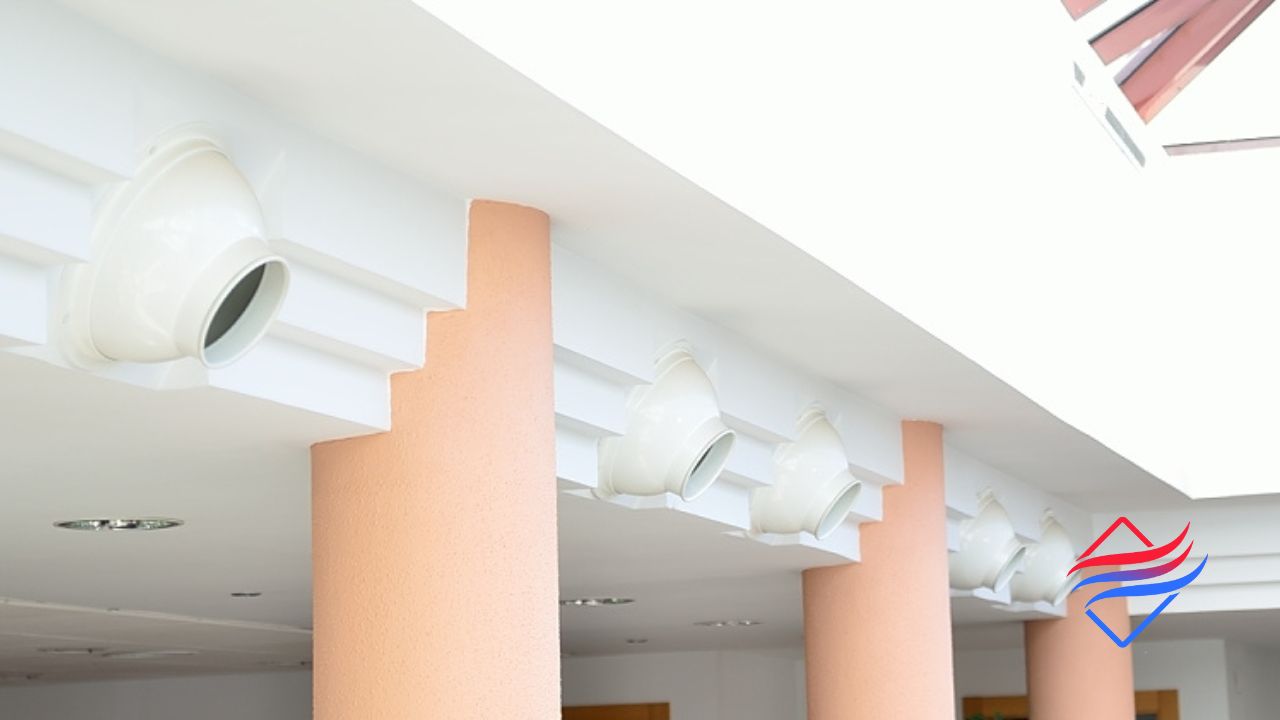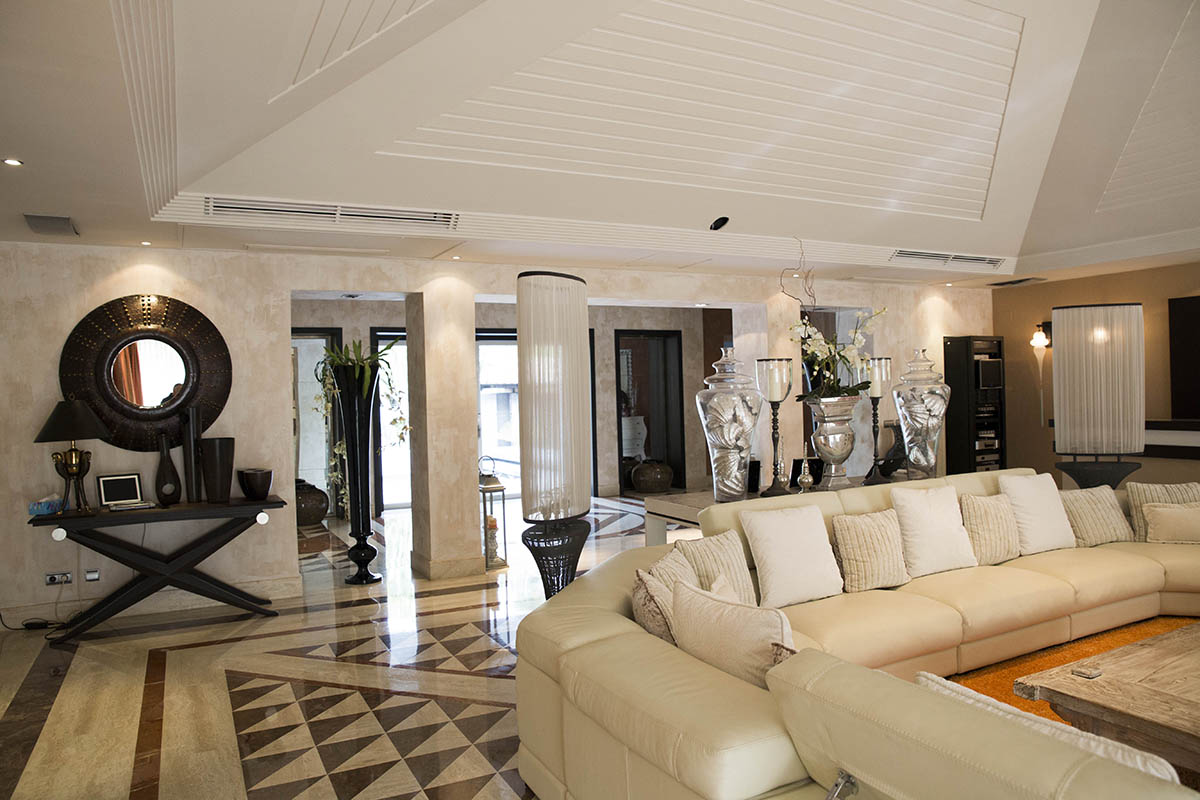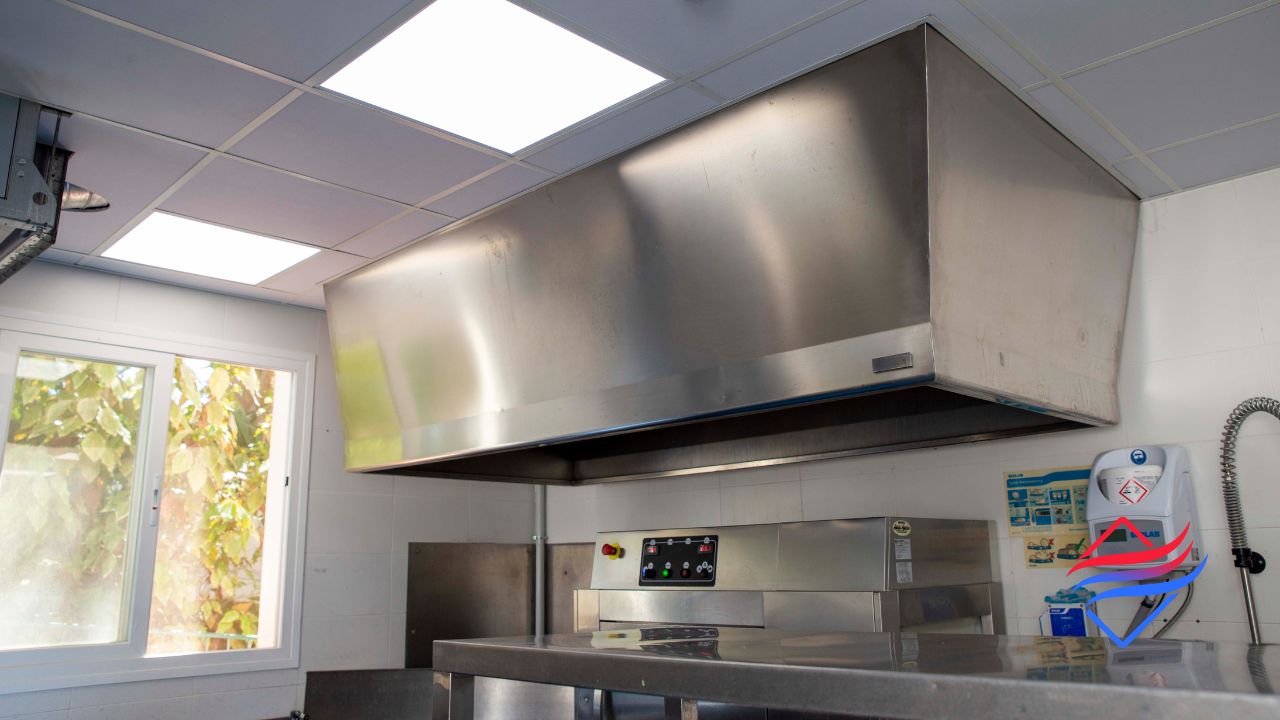Forced ventilation of premises and garages is essential to avoid health problems for people. It is crucial to differentiate between ventilation systems and air conditioning systems. While forced ventilation systems focus on controlling the flow of air to renew and ventilate a space, air-conditioning systems go one step further by allowing the indoor temperature of the premises to be regulated.
Of course, in many circumstances we do not need to have such temperature control, and therefore a forced ventilation system in rooms or garages will be sufficient. If you have any questions about the requirements and regulations, please do not hesitate to contact us.
Ventilation systems are essential in the design of buildings and enclosed spaces. These systems, consisting of a variety of elements and techniques, ensure the constant renewal of polluted air with fresh air from outside. It is essential to know the ventilation methods available and to familiarise yourself with the current regulations, regulated by the Reglamento de Instalaciones Térmicas en los Edificios (RITE), which establishes the specific requirements for your premises or garage.
Ventilation methods: Simple flow vs. Double flow
The main difference between single-flow and dual-flow systems lies in their operation. While single-flow systems simply extract polluted air from rooms and garages, dual-flow systems control the incoming air and bring fresh and even treated air indoors.
While single-flow systems may be suitable in certain cases, dual-flow systems offer a number of advantages that make them more efficient and versatile. In fact, depending on the characteristics and use of your premises, you may be obliged to install a dual-flow system to ensure a healthy and comfortable indoor environment.
Single-flow ventilation systems
Single-flow ventilation systems are the most basic method of renewing the air in rooms and garages. They use an exhaust fan to expel polluted air through ducts to the outside. However, this system does not control the incoming air, allowing dusty air, bad odours, cross ventilation, etc. to enter.
As modern buildings are becoming increasingly airtight, it is crucial to ensure sufficient inlets to guarantee adequate ventilation and to prevent extraction from being hampered by a lack of fresh air.
Dual-flow ventilation systems
Dual-flow ventilation systems go beyond simply extracting contaminated air and supplying fresh air to the room. These systems often treat the incoming air in various ways to ensure a healthier and more comfortable indoor environment.
We will look at some of the most common inlet air treatments and the most frequently used components in these systems:
Advantages of the dual-flow system
- Filtration: A good dual-flow system incorporates efficient filtration of the incoming air. This prevents the entry of dust, insects and other particles, thus improving indoor air quality.
- Heating: To prevent the introduction of cold air into the room, the incoming air is heated to a comfortable temperature. This can be achieved by means of electric heaters, hot water coils or heat pumps.
- Cooling: In hot climates, the intake air can be cooled by a cooling coil, either with chilled water or by direct expansion.
- Heat recovery: This technology allows heat (or cold in summer) to be transferred from the extract air to the supply air with minimum power consumption. Today’s technology can recover up to 90% of the heat from the exhaust air, resulting in significant savings in energy consumption.
- Humidification or dehumidification: Although less common, some systems allow the relative humidity of the incoming air to be adjusted to ensure optimal comfort levels. In addition, there are more specialised treatments such as antibacterial treatment or ultrafiltration for environments such as hospitals and cleanrooms.
Ventilation regulations in premises and garages
The regulations in force in Spain for ventilation and air conditioning systems are mainly focused on two documents. On the one hand, the Regulation on Thermal Installations in Buildings (RITE) and on the other hand, the Basic Document HS on indoor air quality.
RITE covers fixed thermal installations such as heating, cooling and ventilation. Its application is mandatory in new buildings and in buildings undergoing renovation.
It is important to note that RITE does not apply to thermal installations intended for industrial, agricultural or other uses that are not related to thermal comfort and personal hygiene.
On the other hand, the Basic Document HS focuses on residential buildings, waste storage, storage rooms, car parks and garages. It also applies to car parks and garages in buildings with other uses. It also considers vehicle circulation areas as an integral part of these spaces.
Both standards set a number of parameters, such as the outdoor air flow rate. As well as specific requirements to be followed in the installation and maintenance of ventilation systems to ensure a healthy and safe indoor environment.
As you can see, to carry out a ventilation project nowadays it is essential to have trained and experienced professionals. In Instalaciones Carabantes we are experts in the installation of ventilation and air conditioning systems in Coin and we service many other locations in the province of Malaga.







